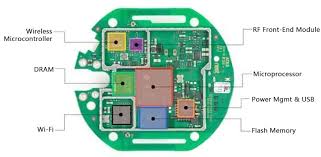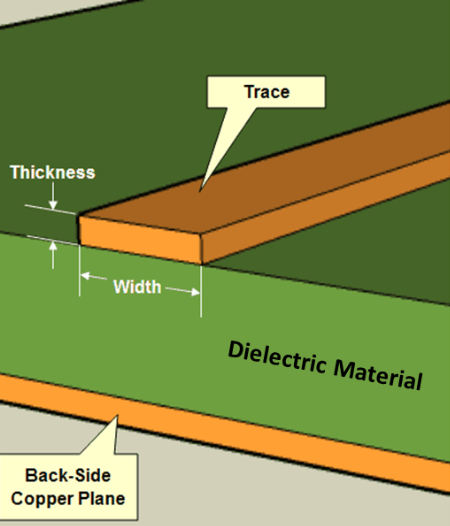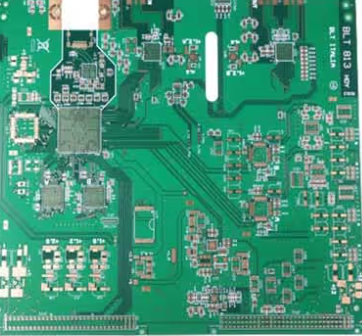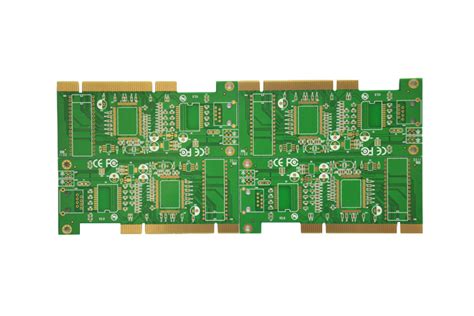application of pcb design
1.Application of PCB design in IoT devices.
In today’s rapidly developing technological era, the popularity and application of IoT (IoT) devices has become an irreversible trend.
Printed circuit board (PCB) design plays a vital role in these devices. First of all, PCB design plays a core connection and support role in IoT devices. IoT devices are usually composed of multiple sensors, processors and communication modules, which need to be effectively connected and integrated through PCB.
Through a well-designed PCB, it is possible to ensure that the signal transmission between the various components is stable and efficient, thereby improving the overall performance of the device.
In addition, PCB design is also of great significance in the optimization of the size and power consumption of IoT devices.
IoT devices often need to integrate a large number of functions in a limited space, which puts higher requirements on PCB design.
Through reasonable layout and routing, designers can maximize the use of limited space and ensure the miniaturization and lightweight of the device.
At the same time, low-power design is one of the key requirements for IoT devices. By optimizing the power management and signal transmission path of the PCB, the power consumption of the device can be effectively reduced, the battery life can be extended, and the user experience can be improved.
Further, PCB design also plays an important role in the reliability and durability of IoT devices. IoT devices usually need to operate in various complex environments, such as high temperature, high humidity or strong electromagnetic interference environment.
By selecting the right materials and processes, designers can improve the durability and anti-interference ability of PCBs to ensure that the equipment can still operate stably in harsh environments.
In addition, good PCB design can also reduce electromagnetic interference (EMI) and electromagnetic compatibility (EMC) problems, thereby improving the reliability of the equipment.
At the same time, PCB design also has an important impact on the manufacturability and cost control of IoT devices.
By optimizing the design and reducing unnecessary complexity, the manufacturability of PCBs can be improved and the production cost can be reduced. This is especially important for mass-produced IoT devices.
By adopting standardized design and modular design, the production cost can be further reduced and the production efficiency can be improved.
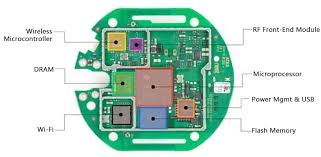
GET PCB MANUFACTURING AND ASSEMBLY QUOTE NOW!
2.PCB design in medical devices.

The application of printed circuit board (PCB) design in medical devices has become a key factor in the development of modern medical technology. First of all, PCB design plays a vital role in medical devices because they can integrate complex electronic systems into a compact space, thereby achieving miniaturization and portability of devices. For example, devices such as portable electrocardiographs and blood glucose monitors rely on efficient PCB design to ensure the reliability and accuracy of their functions.
In addition, the application of PCB design in medical devices is not limited to portable devices, but is also widely used in large medical devices such as magnetic resonance imaging (MRI) and computed tomography (CT) equipment. These devices need to process large amounts of data and complex signals, so high-performance PCBs are required to support their operation. By optimizing the PCB design, the performance and stability of the device can be improved, thereby providing doctors with more accurate diagnostic information.
At the same time, the application of PCB design in medical devices is also reflected in improving the durability and safety of the equipment. Medical devices usually need to work in various harsh environmental conditions, such as high temperature, high humidity and strong electromagnetic interference. Through a well-designed PCB, the anti-interference ability and durability of the equipment can be enhanced to ensure its stable operation in various environments. This is of great significance for ensuring the safety of patients and improving the quality of medical services.
Further, the application of PCB design in medical equipment has also promoted the intelligent development of equipment. With the popularization of Internet of Things (IoT) technology, more and more medical devices have begun to have networking functions to achieve remote monitoring and data transmission. Through advanced PCB design, sensors, communication modules, processors, etc. can be integrated into a small circuit board to achieve the intelligence and interconnection of equipment. This not only improves the functionality of medical equipment, but also provides technical support for telemedicine and personalized medicine.
Finally, the application of PCB design in medical equipment has also promoted the innovation and development of medical technology. By continuously optimizing and improving PCB design, more powerful and superior medical equipment can be developed to meet the ever-changing medical needs. For example, the emergence of emerging technologies such as micro-surgical robots and implantable medical devices is inseparable from efficient PCB design. These innovative technologies not only improve the quality of medical services, but also bring more treatment options and better treatment effects to patients.
In summary, the application of PCB design in medical equipment has a wide and far-reaching impact. It not only improves the performance and reliability of equipment, but also promotes the innovation and development of medical technology. By continuously optimizing and improving PCB design, it can provide a solid foundation for the development of modern medical technology, thereby better serving human health.
GET PCB AND ASSEMBLY SERVICE QUOTE NOW!
3.PCB Design Applications in Automotive Electronics.
In the modern automotive industry, the application of printed circuit board (PCB) design has become increasingly important. With the rapid development of automotive electronics technology, PCB design has played a key role in improving automotive performance, improving safety, and enhancing user experience. First of all, PCB design plays a core role in automotive electronic control units (ECUs). ECU is the “brain” of the car, responsible for managing and controlling key components such as the engine, transmission, and braking system. Through precise PCB design, ECU can achieve efficient data processing and reliable signal transmission, thereby ensuring the normal operation of various functions of the car.
In addition, PCB design is also widely used in the entertainment system of the car. Modern cars are equipped with a variety of advanced entertainment devices such as touch screens, audio systems, and navigation systems. The normal operation of these devices depends on high-quality PCB design to ensure stable signal transmission and long-term reliable operation of the equipment. By optimizing PCB layout and selecting appropriate materials, designers can effectively reduce electromagnetic interference and improve the overall performance of the system.
Further, PCB design is also indispensable in the safety system of the car. Safety devices such as airbags, electronic stability control systems (ESC), and anti-lock braking systems (ABS) all rely on precise PCB design to achieve fast response and efficient control. Especially in emergency situations, these systems need to react within milliseconds, and the quality of PCB design is directly related to the safety of passengers’ lives. Therefore, designers must strictly follow industry standards and specifications when designing PCBs to ensure that every detail meets the highest requirements.
At the same time, with the rise of new energy vehicles, the application of PCB design in battery management systems (BMS) has also become crucial. BMS is responsible for monitoring and managing the status of the battery to ensure that the battery operates within a safe range. Through advanced PCB design, BMS is able to achieve high-precision voltage, current, and temperature monitoring, thereby extending battery life and improving the vehicle’s endurance. In addition, PCB design can also help optimize the battery’s charging and discharging efficiency, further improving the overall performance of new energy vehicles.
In general, the application of PCB design in automotive electronics not only improves the performance and safety of the car, but also provides users with a better driving experience. With the continuous advancement of technology, PCB design will play an increasingly important role in the automotive industry. Through continuous innovation and optimization, designers will continue to promote the development of automotive electronics technology and lay a solid foundation for future intelligent transportation systems.

